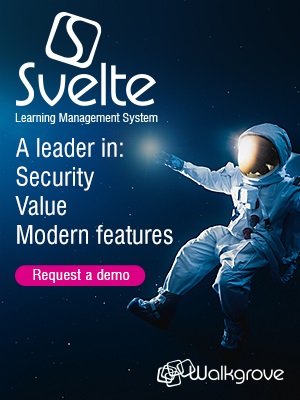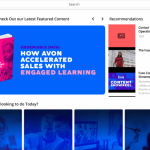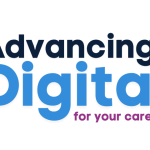A Learning Light consultancy approach….showing you how to succeed with elearning
This is our expert approach how our team can work with you to create the right learning eco-system and make the right choices when it comes to Informal Learning, Social Learning, Second Screen Learning, Bring Your Own Device and Choose Your Own Learning, all challenges being encountered by many organisations.
The Learnscape is a wonderful way of conceptualizing an informal learning environment, and as such can form the basis of developing an organisations social learning and informal learning strategy.
We first came across the term “Learnscapes” in Jay Cross’s work Informal Learning, (2007), an excellent work on a vital topic, into which Jay outlines the concept of the Learnscape.
So what is meant by a Learnscape – this is the problem, it in some ways has no boundaries or fixed formats, it is, as Jay puts it a “Learning Eco-System.” It is a node based organism made up of content and context and may or may not involve any or many of the following: “community of practises, story telling, simulation, dynamic learning portals, social network analysis, expertise location, presence awareness, workflow integration, search technology, help desks, spontaneity, personal knowledge management, mobile learning and co-creation!”
However much of what is seen and predicted can be quite alien to many organisations, who are perhaps considering how to put such innovative models into practise. However, the issue we come across in our work with L&D professionals is how do I express what I am seeking to achieve, and where on earth (or otherwise) do I begin?
To us the Learnscape model is infact the coming together of elearning, Information systems and Knowledge management. We would argue that this is the alignment or collision where the “Learnscape” is going to be created.
This collision zone is not new, in our view, elearning has in many ways sat at a collision point between HR, L&D, ICT and Business Organisational change and development requirements, and this is why it is so difficult in many organisations to progress with an elearning project.
Our approach to creating the “Learnscape” leans heavily toward information systems planning and we are indeed indebted to the work of Xavier Gilbert for providing a framework where an organisation can explore its learning culture and environment seek to evolve a learning eco-system that aligns to its needs and requirements.
The Learning Light approach to creating the “Learnscape” looks at understanding how an organisation goes about “information gathering”, and the openness of the organisation toward information. We would then seek to understand how the information is “Conceptualized” – how the information is synthesised and is used to enrich the organisation.
The “Action Learning” – the effort and activities required to translate what has been gathered, synthesized and put into results.
The final stage – the key element that in many ways will lead to the completion of the Learning Organisation is the “Reflection and Renewal” – indeed what went well and what didn’t, on an ongoing basis.
To complete the study, we would look across the organisation at its Leadership, Culture, Processes and infrastructure with a “deep dive” approach understanding how such issues as: how information is exchanged, how flexible is the organisations perspective, what is the level of action orientation and what is the state of organisational learning, – just four of the 20 or so themes the Learnscape Model explores.
However much of what is seen and predicted can be quite alien to many organisations, who are perhaps considering how to put such innovative models into practice. However, the issue we come across in our work with L&D professionals is how do I express what I am seeking to achieve, and where on earth (or otherwise) do I begin?
To us the Learnscape model is in fact the coming together of elearning, Information systems and Knowledge management. We would argue that this is the alignment or collision where the “Learnscape” is going to be created.
This collision zone is not new, in our view, elearning has in many ways sat at a collision point between HR, L&D, ICT and Business Organisational change and development requirements, and this is why it is so difficult in many organisations to progress with an elearning project.
Our approach to creating the “Learnscape” leans heavily toward information systems planning and we are indeed indebted to the work of Xavier Gilbert for providing a framework where an organisation can explore its learning culture and environment seek to evolve a learning eco-system that aligns to its needs and requirements.
The Learning Light approach to creating the “Learnscape” looks at understanding how an organisation goes about “information gathering”, and the openness of the organisation toward information. We would then seek to understand how the information is “Conceptualized” – how the information is synthesised and is used to enrich the organisation.
The “Action Learning” – the effort and activities required to translate what has been gathered, synthesized and put into results.
The final stage – the key element that in many ways will lead to the completion of the Learning Organisation is the “Reflection and Renewal” – indeed what went well and what didn’t, on an ongoing basis.
To complete the study, we would look across the organisation, at its Leadership, Culture, Processes and infrastructure with a “deep dive” approach understanding how such issues as: how information is exchanged, how flexible is the organisations perspective, what is the level of action orientation and what is the state of organisational learning, – just four of the 20 or so themes the Learnscape Model explores.
If you would like to find out more please Contact Us at Learning Light.






